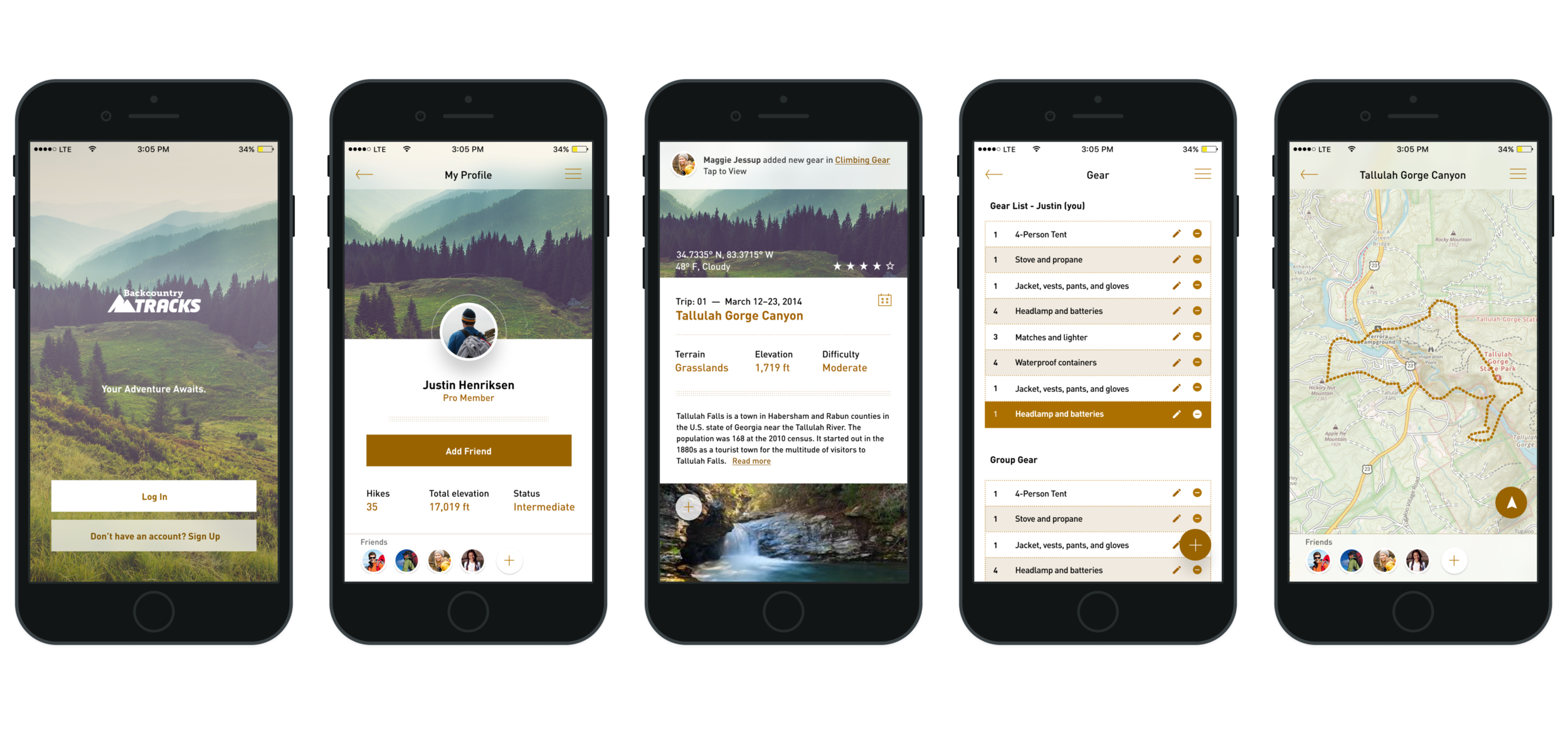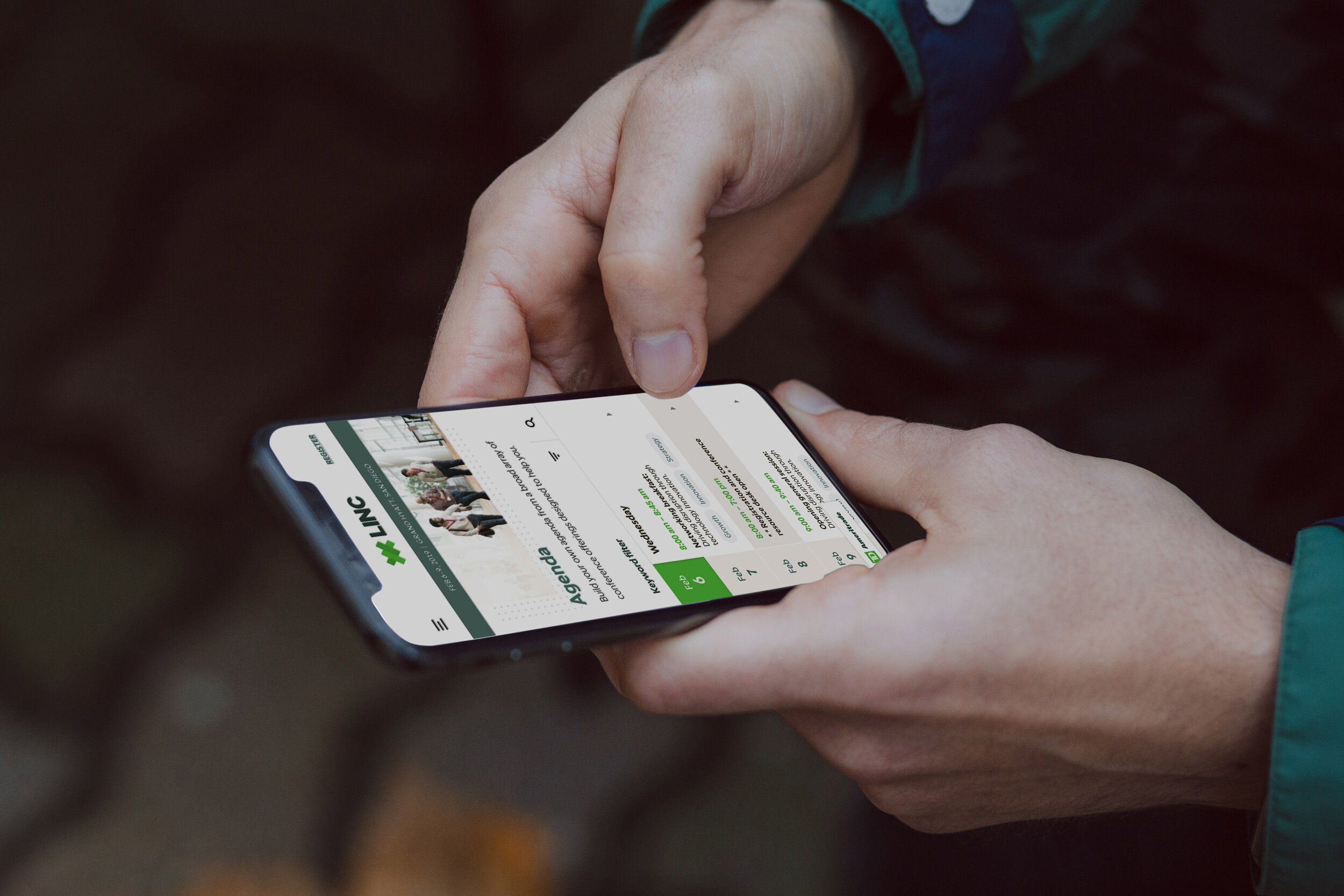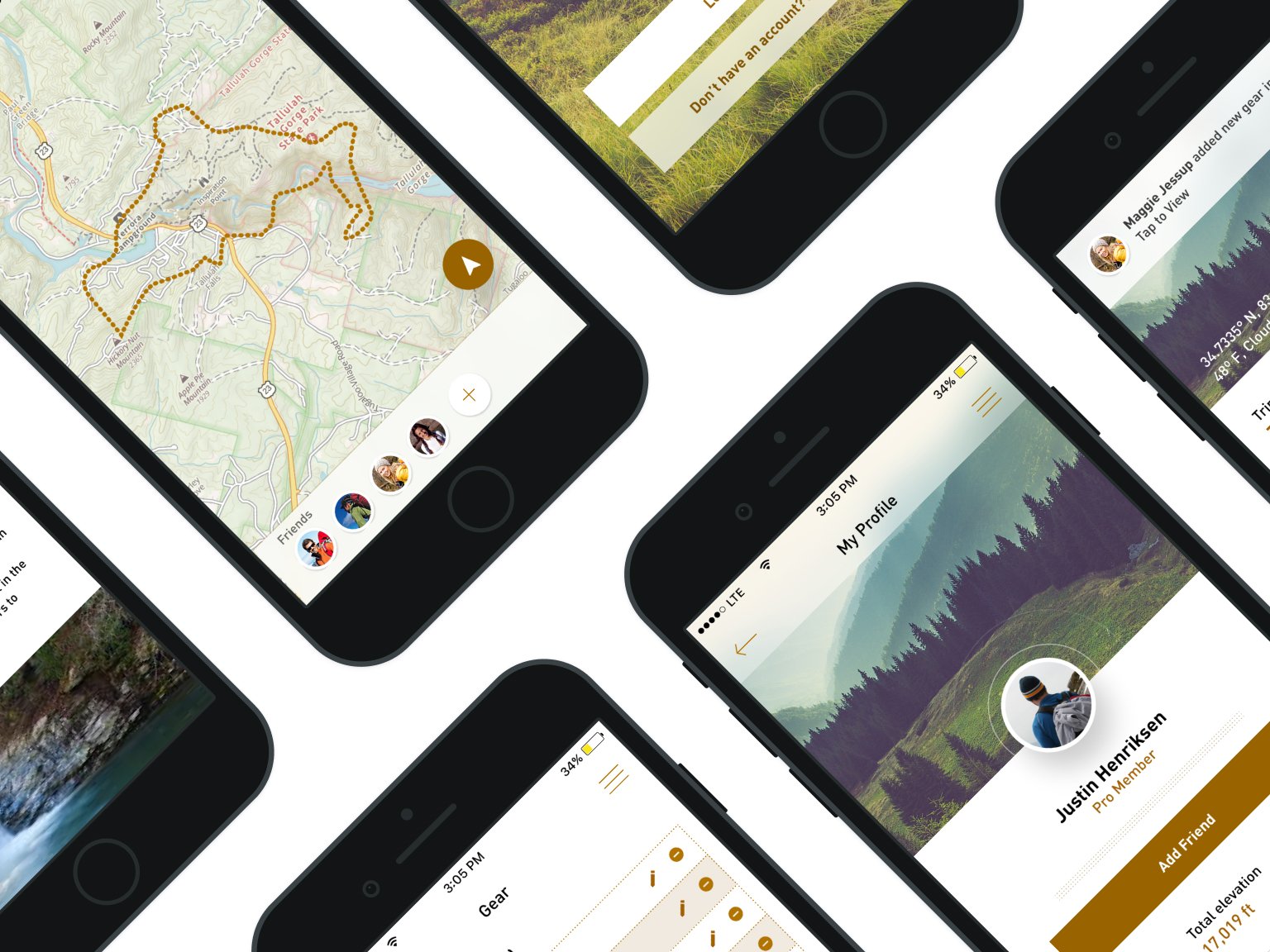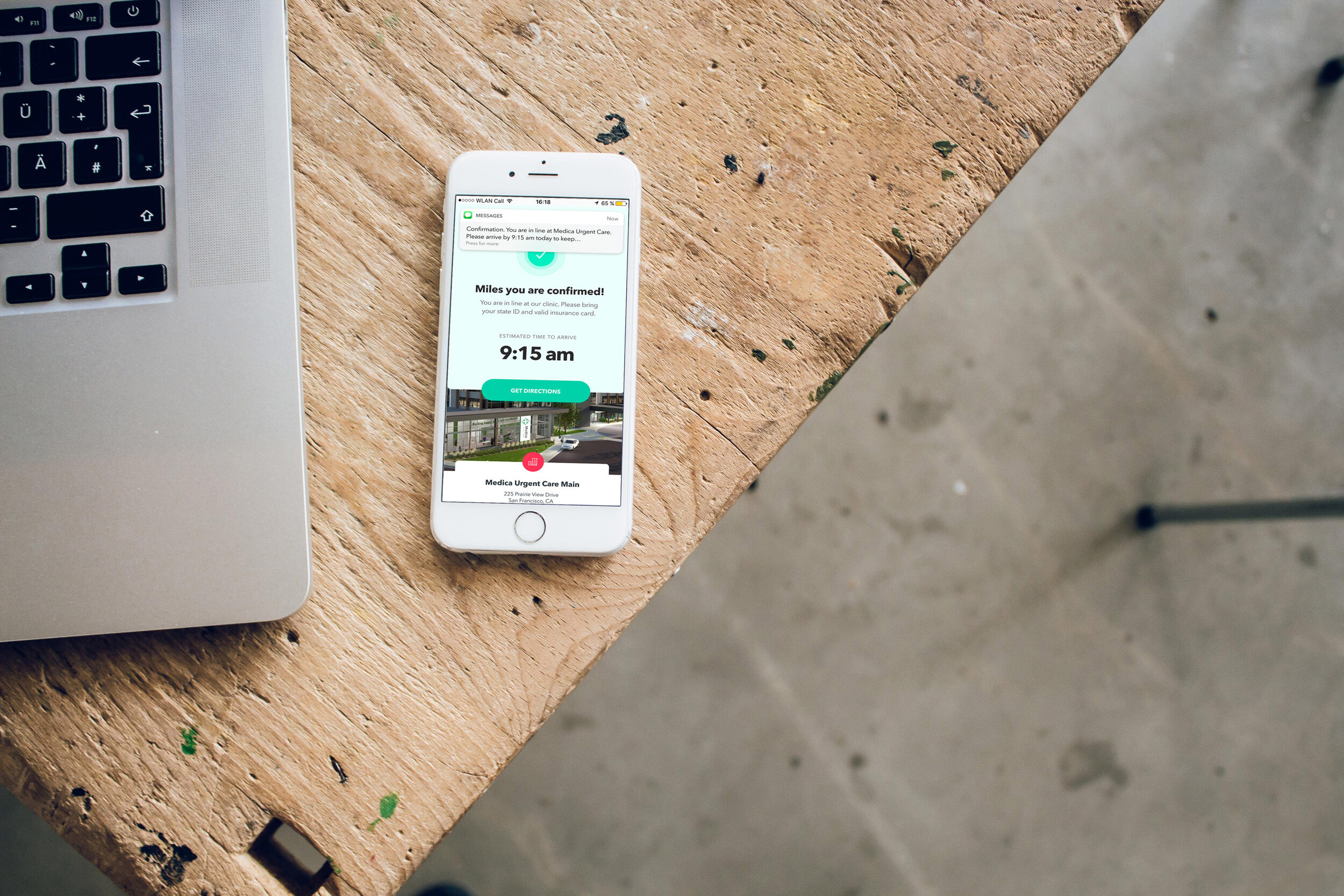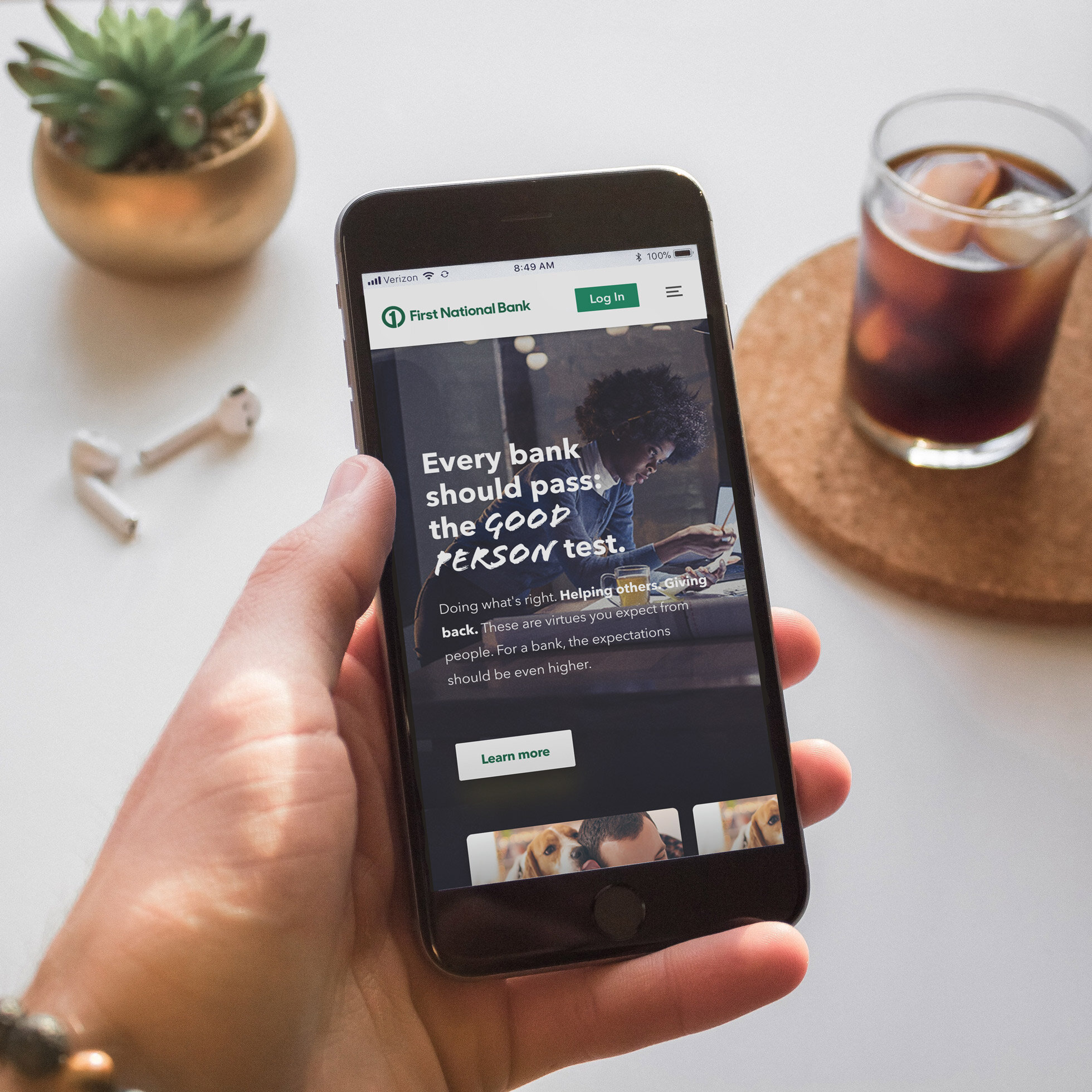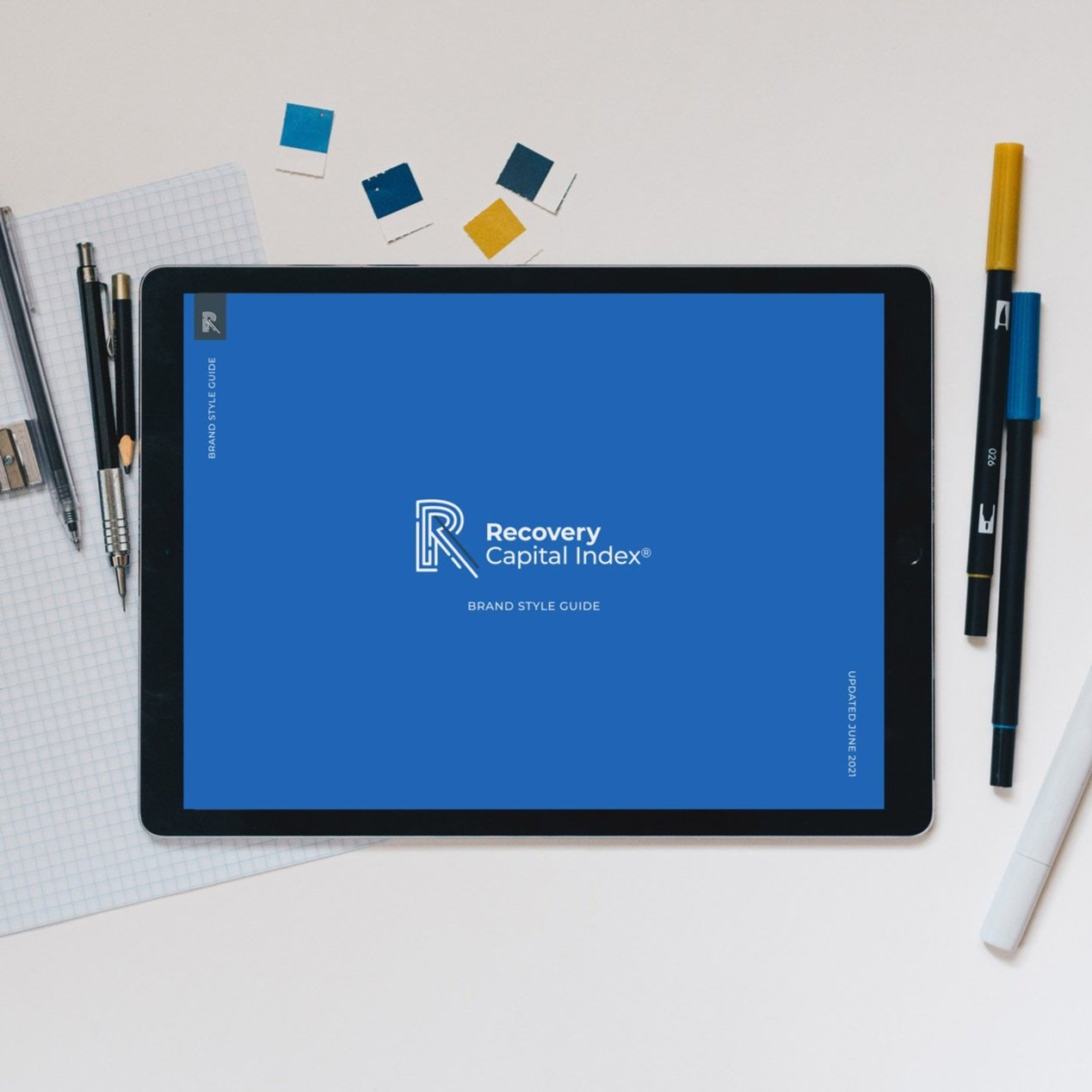In 2011, 122.7 million Americans participated in some form of outdoor activity. Of those, 32 million went hiking in our National Parks.
As a general rule, people don’t just walk into a hiking or outdoor trip haphazardly and without any preparation. They take the time to carefully assess, plan, orchestrate, and double-check every detail. However, even back in 2012, there were very few effective ways to plan and organize that type of trip when it involved multiple friends. Inevitably, gear would be duplicated, someone wouldn’t fully know the route plan and all its nuances, a single person would end up bearing the burden of planning the entire trip, or all members would inadvertently organize elements simultaneously, creating confusion and chaos.
Challenge
Many times those who venture outdoors do so with a group of close friends or family for an extended period and at far distances from home. This requires the group to plan routes and orchestrate equipment and gear in the case of hiking, climbing, or kayaking trips. Historically this was done with a spreadsheet to track gear, text messages for group chat, and Google Maps, and other tools for trip and route planning. Yet in 2011, there wasn’t a really solid solution that paired it all together in a user-friendly mobile app. We knew there was a better solution to fill a need in the market: Backcountry Tracks.
Product Designs & Marketing
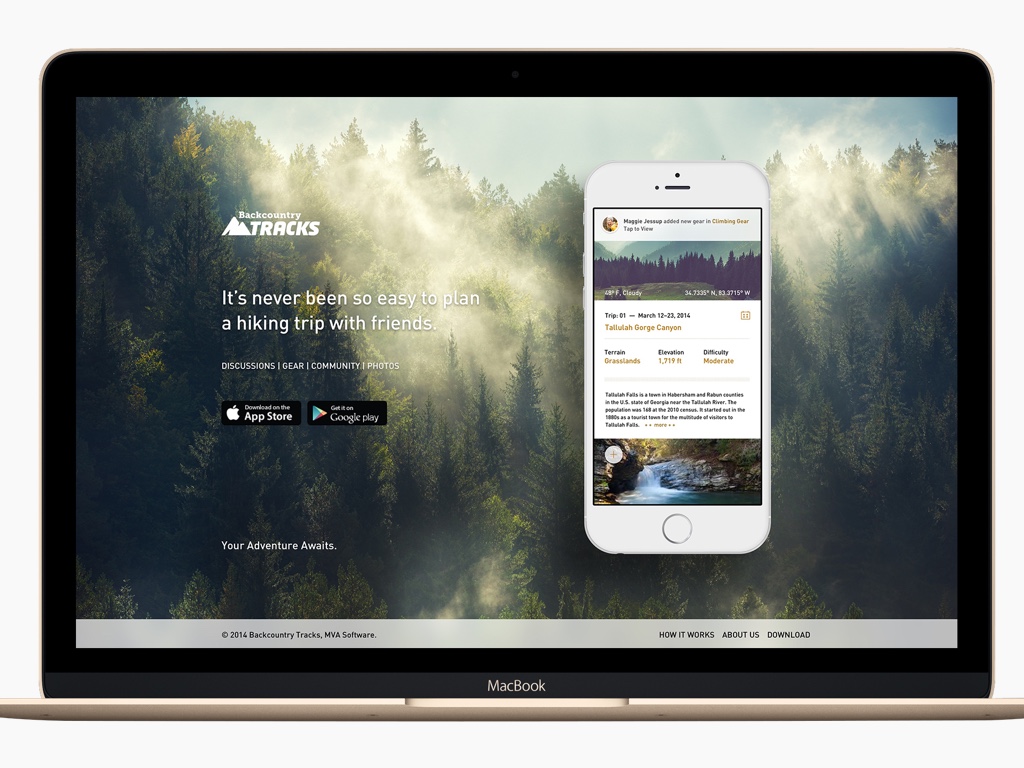
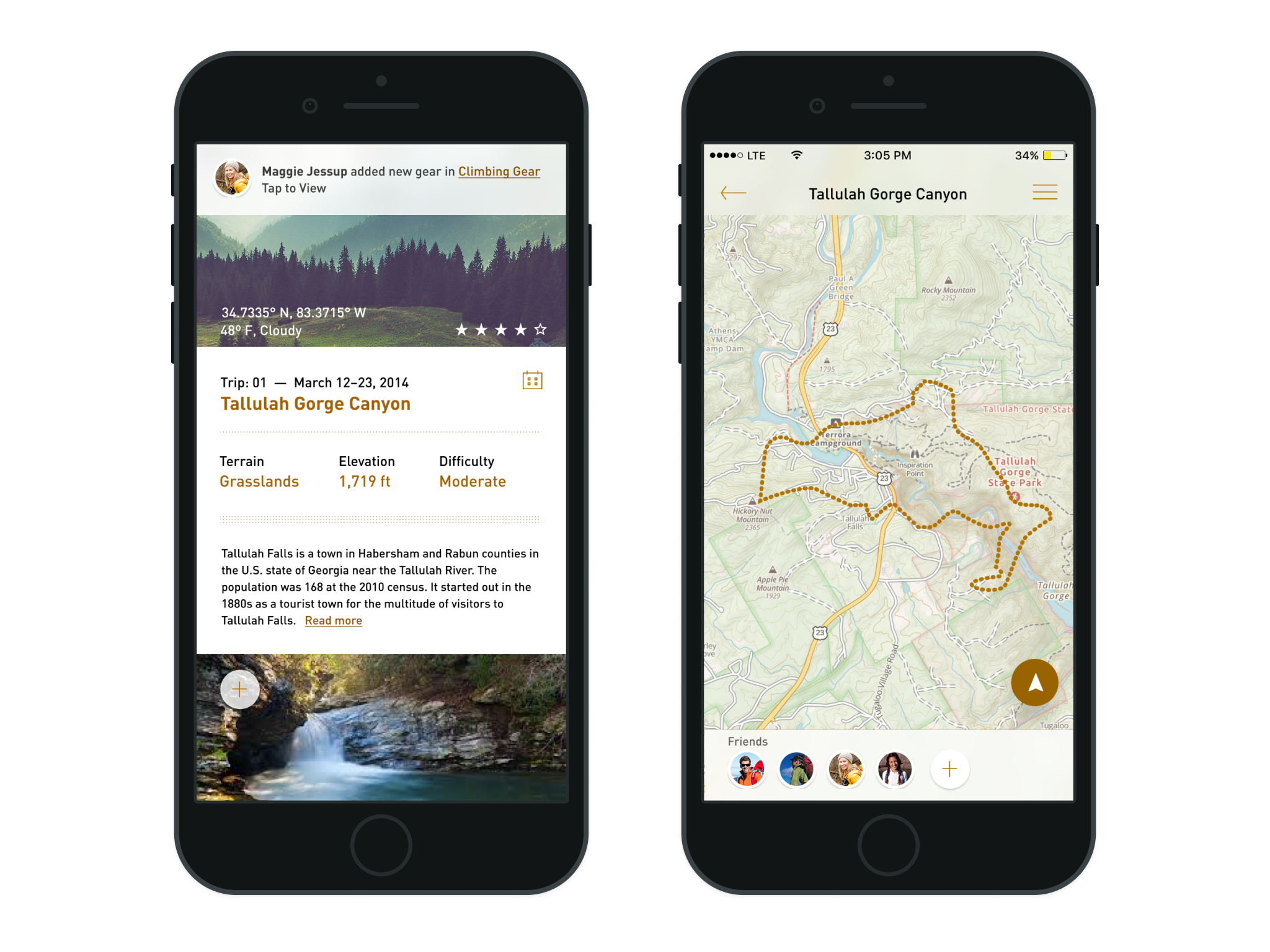
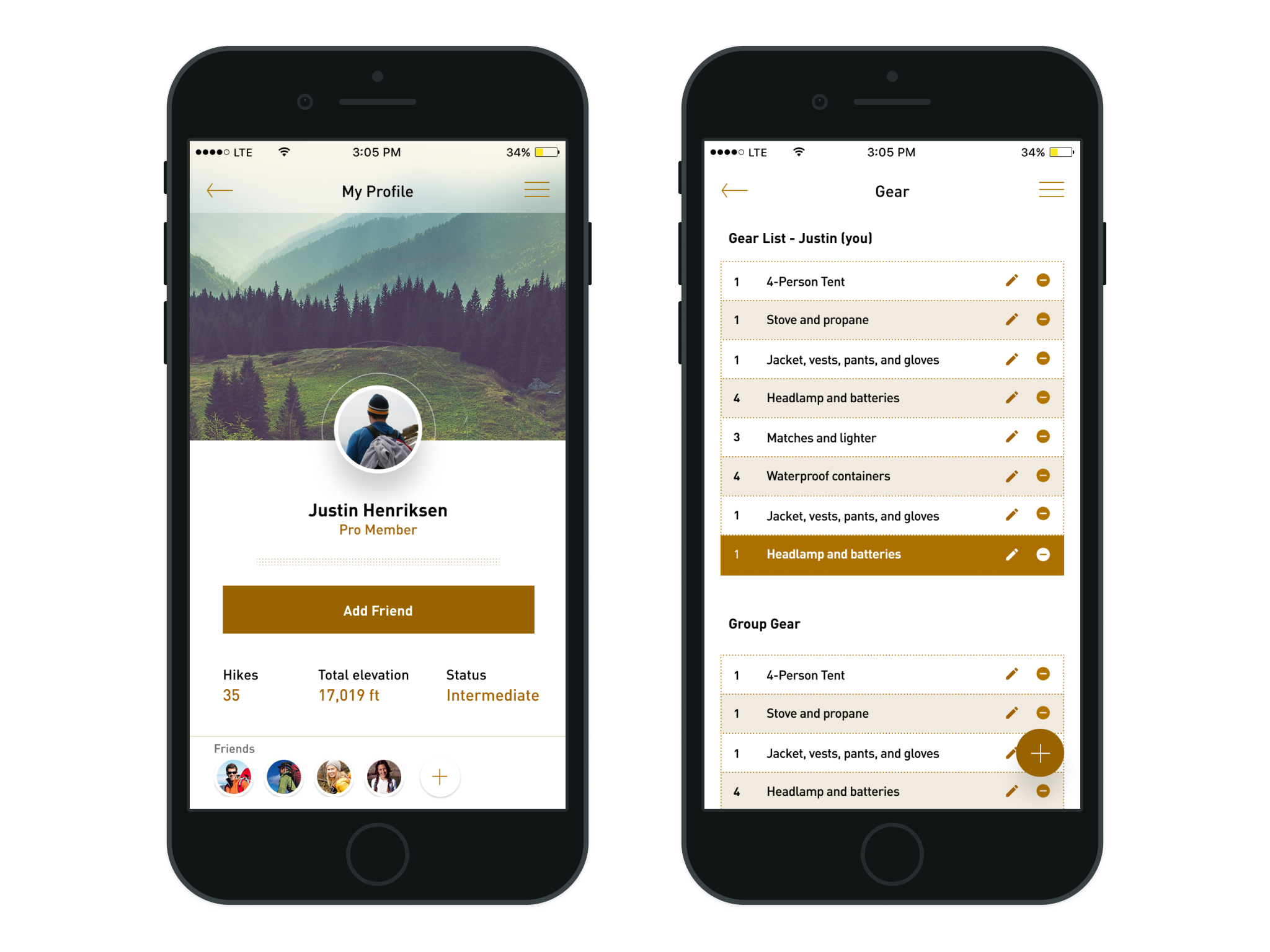
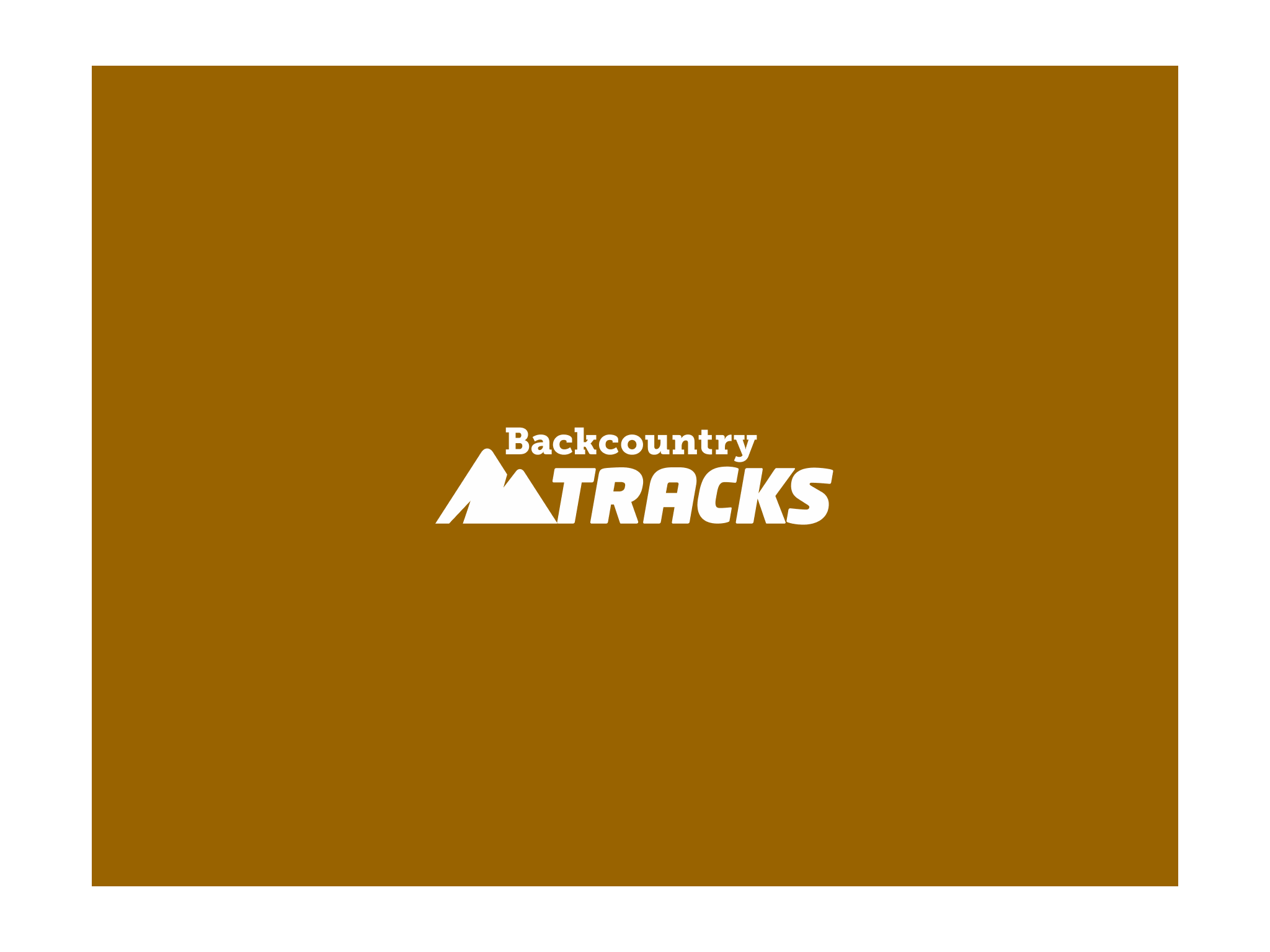
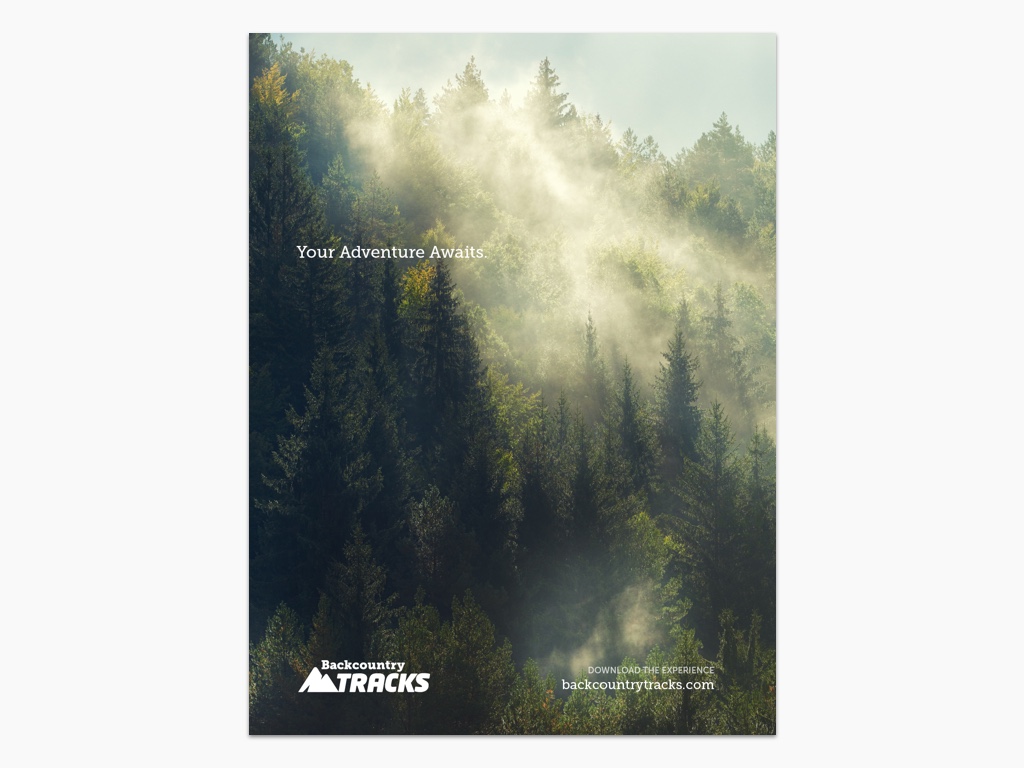
Solution
Overview
In late 2011, we began talking to friends (and strangers) who enjoyed the outdoors as we did in order to do some preliminary user research. We mapped out ideas of what our MVP should be and got to work on our first prototype. Version 1.0 was rough, but it served our purpose and helped to prove our concept. On the heels of the mobile revolution that was happening at the time, we built Backcountry Tracks an android, iOS, and desktop app that would allow people to plan their entire outdoor trip in one application. Users could manage their gear, collaborate with others, share content, and use maps to route their journey.
After launching we gathered over 200 users to the platform which allowed us to beta test the product. Many of the first 2-3 versions were buggy and difficult to use. However, with that came an important set of learnings that we based our next updates on. We had an idea of what was useful at the time and what we could go without
Product solution
As a partner and co-founder, I worked to pitch the idea for seed funding and grants. I was also the principal product designer and marketer, creating all artifacts and assets needed to help bring success to the product launch.
As a product designer, I first began with researching the competition and understanding user needs through interviews and surveys. As a team, we met to write out and document the core problems we were looking to solve and possible ways to solve them. With this application, our core problem was the ability to quickly collaborate with friends on hiking or outdoor trips. We started with hiking enthusiasts because the total addressable market was large enough and allowed us to focus on one user group at a time. There were a few apps on the market already; however, most of them focused on the single user-enthusiast experience rather than the function and utility of the group.
Our solutions arrived first a what products typical users leveraged in order to accomplish the task at that current time prior to our app. Our primary list included:
Facebook for communications through the Groups function
Google Sheets for organizing their gear list, then inviting friends to “look” through
Google maps or GPS devices for the hike itself
Instagram or Facebook for sharing photos of the trip
What we looked to achieve in the beginning was not making any of these items better perse, but giving them a place all in one application on the user-enthusiasts phone or device.
—
After 2 years in 2015, we deprecated the product and removed it from the app stores. This was due to family reasons for one of the partners. Viva la Backcountry Tracks!


